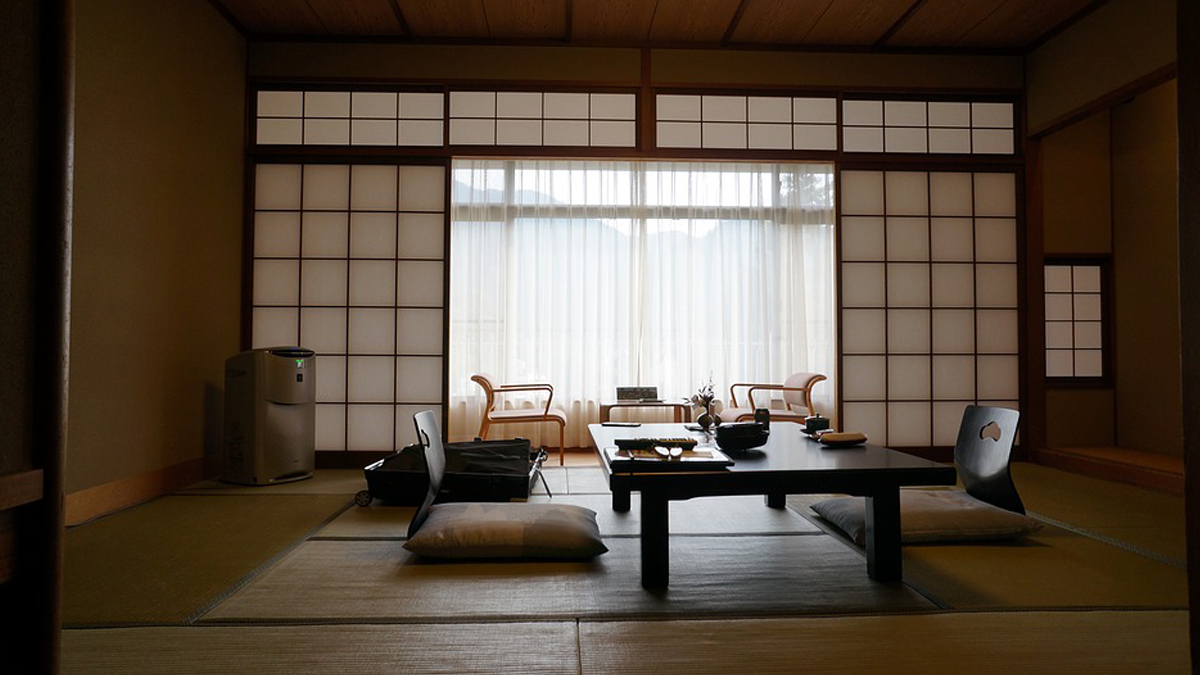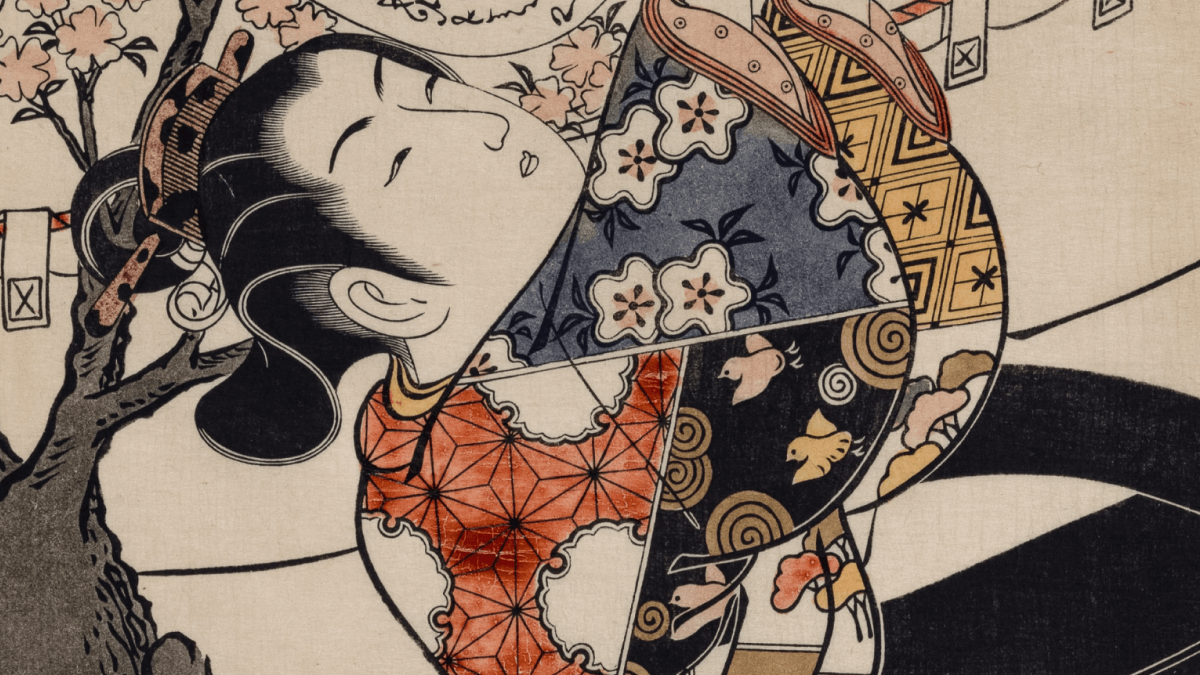Table Of Content

Although creative work in Japan has had some key influences ranging from Zen Buddhism to Western Art, Japanese graphic design follows certain principles that distinguish it from other styles. Appreciating the simple things in life is integral to Japanese culture and forms the foundation of Japanese design. Let's take a deeper look at what makes Japanese design so special and how it is interpreted in graphic design.
Need help Building your Brand?
The palette also deepened with the launch of two new shades of wood colours – Sohboku, a deep black-blue with the surface grains still visible; and Gen, a warm shade of brown and subtle colour gradations. 'When I think about making portable lamps there are often lots of different pieces, but I wanted to make this as simple and efficiently as possible, so it is one piece of aluminium,' explains Oshiro. The spacious kitchen and dining area overlook the interior second garden, separated by a glass sliding door.
Nike Zoom Vomero 5 PRM "Design by Japan" Releases Summer 2024 - Sneaker Bar Detroit
Nike Zoom Vomero 5 PRM "Design by Japan" Releases Summer 2024.
Posted: Wed, 14 Feb 2024 08:00:00 GMT [source]
What are some traditional features of Japanese graphic design?
This is the focus of the room and displays Japanese art, usually a painting or calligraphy. Partly due, also, to the variety of climates in Japan, and the millennium encompassed between the first cultural import and the last, the result is extremely heterogeneous, but several practically universal features can nonetheless be found. First of all is the choice of materials, always wood in various forms (planks, straw, tree bark, paper, etc.) for almost all structures.

This Curvaceous Timber and Earth Cabin Blends Into a Japanese Forest
The ignorance ignited Mori with the intention to show the western world what Japan, and Japanese aesthetics, were truly made of. She became known for her chosen motifs like the butterfly pattern, and her use of kimono. In 1965, her collection East meets West was presented in New York City. And in 1985, Mori was the costume designer for the lead role in Keita Asari’s version of Madame Butterfly, which premiered in Milan. Mori is just one of the two Japanese women who have presented collections on the runways of Paris and New York City.
The main difference between yamato-e and ukiyo-e is that ukiyo-e emerged as a cheap way to reproduce pictures. In contrast, yamato-e were epic, often large-scale pieces of art that were highly refined and costly. Kamon play a vital role in Japanese graphic design, and today inspire company logos and even feature on Japanese passports.
The Origins of Japanese Art
As part of their culture, Japanese people are acutely aware of the world around them. Throughout their day-to-day lives they are aware of how the natural world is constantly changing and moving. The Japanese are well known for the celebration of nature and the seasons, which take on special, spiritual significance across the country. In fact, every year the Japanese celebrate Greenery Day (Midori no Hi) on 4 May.
For instance, this Tokyo Bosai (a manual for disaster preparedness in Tokyo) which teaches residents of the Japanese capital what to do in the event of an earthquake features a cute rhino called Bosai-kun. The manual and its rhino were designed by NOSIGNER, who describe themselves as a social design activist. Rule-breaking convictions are thoroughly evident in many of the works of Takashi Murakami.
Japanese Art: The Splendor of Meiji
Geometric shapes—especially circles—also feature in a lot of work by another of Japan’s most famous graphic designers, Yasuku Kamekura. Famous for designing the posters for the 1964 Tokyo Olympics, Kamekura really mastered the use of circles in Japanese graphic design as we can see in this 1960s exhibition poster he designed. Another important piece of symbolism in Japan is that of the sun—after all, it’s on their flag! For this reason, we see things like clouds, water and the sun appearing across Japanese graphic design.
Hanakotoba is the study of flowers and how each flower has a spiritual meaning. According to Japanese tradition, pink symbolizes healing, red symbolizes love, and white symbolizes virtue. Don’t be surprised to see lots of images of Mount Fuji, the Rising Sun, Lucky Cats or Sumo Wrestlers. In the Late Jōmon (c. 1500–1000 bce), colder temperatures and increased rainfall forced migration from the central mountains to the eastern coastal areas of Honshu. There is evidence of even greater interest in ritual, probably because of the extensive decrease in population. From this time are found numerous ritual sites consisting of long stones laid out radially to form concentric circles.
This charming print is an example of the unique Japanese rural style of Mingei. It spells out the kanji character 酒, meaning sake or alcohol, using the ceramic jars and small cups in which sake is usually served. Print master Okamura Kichiemon was fascinated by the everyday objects of Japanese life, such as the tableware illustrated here, and was the author of many books about Mingei. These elegant Japanese art style is known as nihonga (Japanese painting), which are perhaps not widely known internationally, but were created by some of the best Japanese artists to date. You can get a taste of this remarkable Japanese style of painting from our Concise Guide to Nihonga, or read Japan Objects' exclusive interview with Rieko Morita, who is one of the best-known and respected Nihonga artists working today.

Inside, courtyards separate the three volumes that function as living spaces. The rooms inside this wooden bungalow are simple and almost modest, embracing a classic Japanese style. The open living area connects the main courtyard and a wooden deck designed to make the transition smooth and natural. The word for a traditional Japanese home is “minka.” Japanese homes combine ancient architecture with modern minimalist concepts.
Additionally, rooftop photovoltaic panels generate clean energy, while a rainwater harvesting system reduces the reliance on municipal water. Bjarke Ingels Group strategically orients The KUbe’s massing to maximize light and air for all three buildings. Winter garden bridges on the second floor connect the KUbe to Marvin and Chalmers Halls, promoting interaction between students and faculty. The ground floor features inviting entrances, while upper-level terraces offer panoramic views, creating a sense of openness and connection. This three-story villa is located in Tokyo's Shinjuku district and is occupied by three different generations of the same family.
The peaceful and prosperous Edo period was the golden age of Nishijin textiles, but after the Meiji Restoration of 1868, Nishijin-ori makers lost their feudal patrons due to government reform. With no more shogun and samurai around to support them, they were left on the brink of extinction. Woven textiles fashioned in Kyoto’s Nishijin district are known as Nishijin-ori, or Nishijin textiles. Works of Nishijin-ori tend to feature vibrantly dyed silks interwoven with lavish gold and silver threads into complex, artistic patterns.
Often, we describe it with words like minimalist, elegant, and subtle, with objects that fool our eyes; something could weigh a ton but still be seen as airy and light. This isn’t a coincidence; Japanese aesthetics are rooted in ancient ideals that act as guidelines for how they look and feel. A recessed space called tokonoma is often present in traditional as well as modern Japanese living rooms.

No comments:
Post a Comment